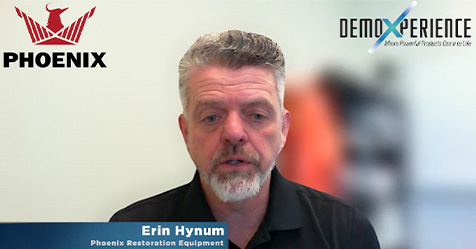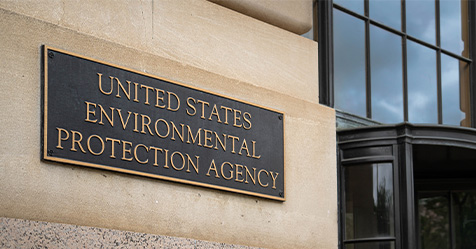Protect Facility Occupants from Wildfire Hazards
Multiple California fires result in building evacuations
As wildfires continue to burn in both Northern and Southern California, fueled by high winds, state officials have ordered people to evacuate their homes and businesses and announced the closing of schools.
Employers and facility managers in the affected areas are responsible for the safety and health of their workers and building occupants. Wildfire smoke, a mixture of gases and fine particles, can irritate eyes and respiratory systems and worsen chronic health conditions such as heart and lung disease, according to the U.S. Centers for Disease Control and Prevention (CDC). The elderly residents of assisted living and health care facilities and children in school buildings are most at risk.
Follow these tips from the CDC to protect your facility residents from the hazards of wildfire smoke:
- Keep windows and doors closed.
- Run an air conditioner but keep the fresh-air intake closed and the filter clean to prevent outdoor smoke from getting inside.
- Avoid activities that increase indoor air pollution, such as burning candles, fireplaces, or gas stoves. Limit vacuuming as it stirs up particles already inside a building, contributing to indoor pollution.
If your facility is in the path of wildfires and your job involves cleaning up ash in the aftermath, follow these tips from the U.S. Environmental Protection Agency to protect yourself:
- Avoid direct contact with ash by wearing goggles, gloves, long-sleeved shirts, long pants, shoes, and socks.
- Wear a tight-fitting respirator hat has been tested and approved by the National Institute of Occupational Safety and Health (NIOSH) and has the words “NIOSH” and either “N95” or “P100” printed on it.
- Before sweeping indoor and outdoor hard surfaces, mist them with water to keep dust down. Follow with wet mopping. Use a damp cloth or wet mop on lightly dusted areas.
- Use a high-efficiency particulate air (HEPA)-type vacuum to clean dusty surfaces. Don’t use leaf blowers or do anything else that will put ash into the air.
- Avoid washing ash into storm drains. Collect it in a plastic bag and dispose it in the trash. If you suspect hazardous waste, including asbestos, is present, contact your local hazardous waste authorities regarding appropriate disposal.


